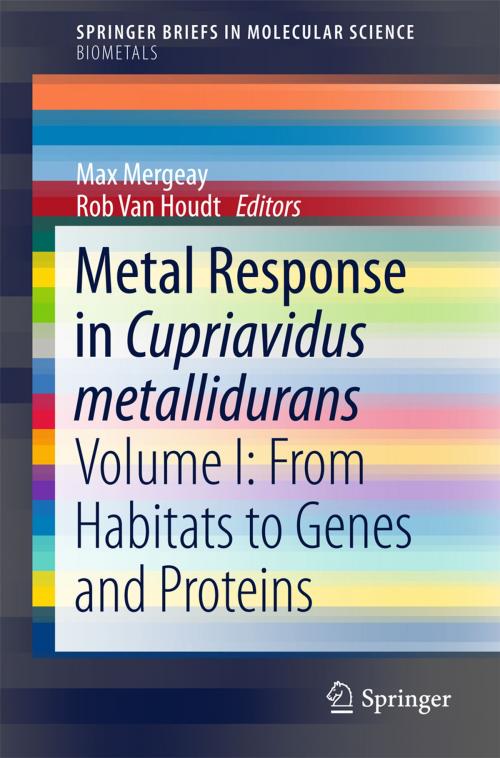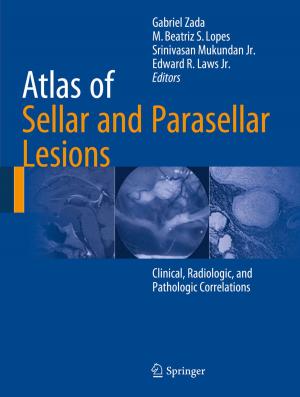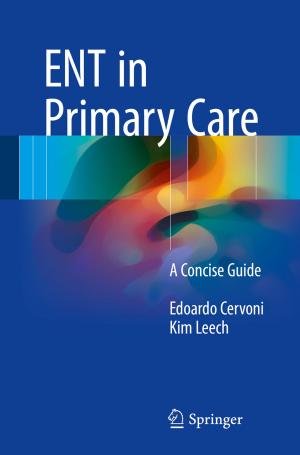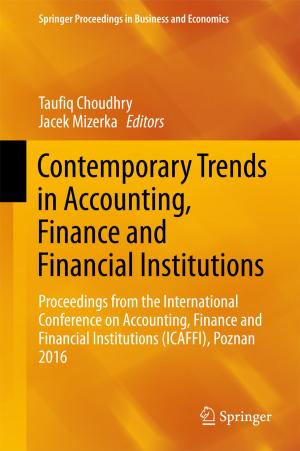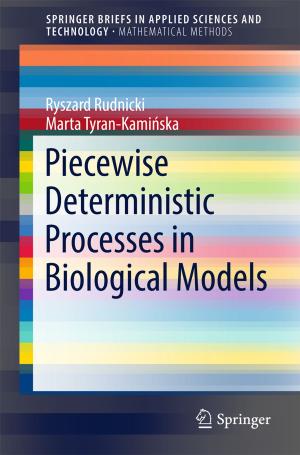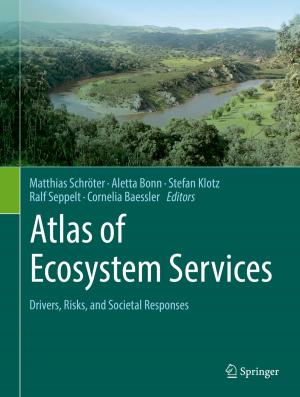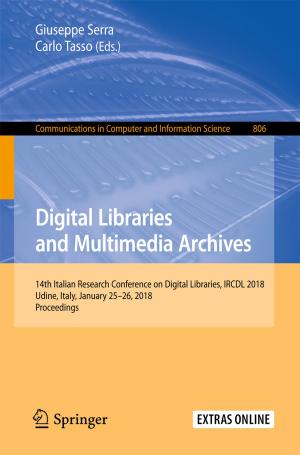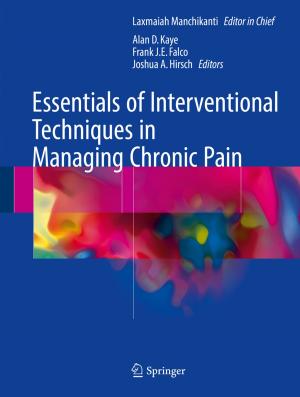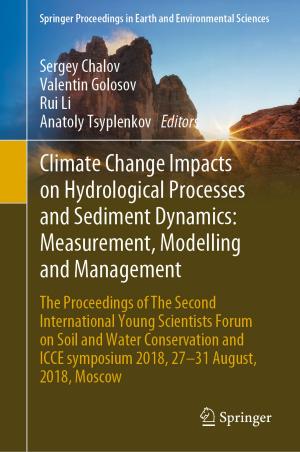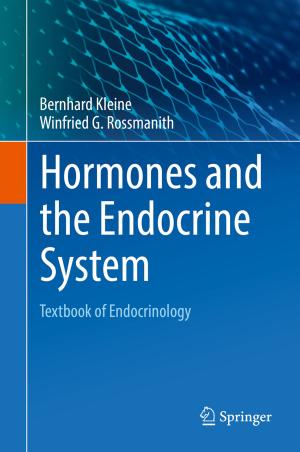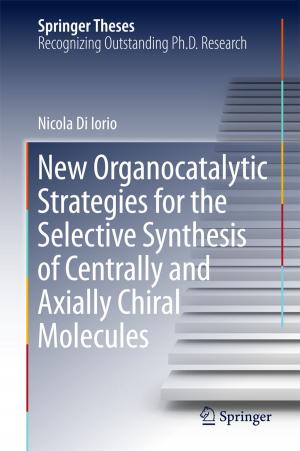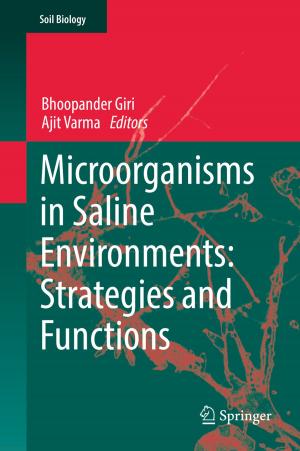Metal Response in Cupriavidus metallidurans
Volume I: From Habitats to Genes and Proteins
Nonfiction, Science & Nature, Science, Biological Sciences, Microbiology, Biotechnology| Author: | ISBN: | 9783319205946 | |
| Publisher: | Springer International Publishing | Publication: | July 9, 2015 |
| Imprint: | Springer | Language: | English |
| Author: | |
| ISBN: | 9783319205946 |
| Publisher: | Springer International Publishing |
| Publication: | July 9, 2015 |
| Imprint: | Springer |
| Language: | English |
This book is the first volume of a two-volume set summarizing 40 years of key research findings directly related to metal-resistant Cupriavidus/Ralstonia (Betaproteobacteria). In this first volume, the historical and geographical context of these bacteria, which are mostly found in industrial and polluted environments linked to zinc and other non-ferrous metallurgy, is sketched to illustrate the interactions between bacteria and human activities and the possible evolutionary consequences on bacterial genomes especially as far as the association of metal resistance genes with mobile genetic elements is concerned. A detailed description of the response and underlying genetic determinants of type strain Cupriavidus metallidurans CH34 to a variety of metals is provided. With high level resistance to cadmium, chromate, cobalt, copper, mercury, nickel, lead and zinc mediated by well-known genes for detoxification carried by its megaplasmids pMOL28 and pMOL30. This description is complemented with the genomic context of the metal response genes in C. metallidurans CH34 with a focus on its mobilome including insertion sequence elements, transposons, integrative and conjugative elements and genomic islands. In addition, in the second volume, structural and catalytic data from bacterial primary and secondary transporters (P-ATPases, tripartite chemiosmotic cation/proton efflux systems, cation diffusion facilitators, Major Facilitator Superfamily and some minor categories) are outlined and detailed for the corresponding C. metallidurans proteins. The available three-dimensional structures of C. metallidurans proteins are reviewed in detail, including RND and membrane fusion proteins (from tripartite chemiosmotic cation/proton efflux systems), sigma and anti-sigma regulatory proteins of the cnr efflux system (resistance to cobalt and nickel) and various periplasmic proteins mainly involved in the response to copper and mercury.
This book is the first volume of a two-volume set summarizing 40 years of key research findings directly related to metal-resistant Cupriavidus/Ralstonia (Betaproteobacteria). In this first volume, the historical and geographical context of these bacteria, which are mostly found in industrial and polluted environments linked to zinc and other non-ferrous metallurgy, is sketched to illustrate the interactions between bacteria and human activities and the possible evolutionary consequences on bacterial genomes especially as far as the association of metal resistance genes with mobile genetic elements is concerned. A detailed description of the response and underlying genetic determinants of type strain Cupriavidus metallidurans CH34 to a variety of metals is provided. With high level resistance to cadmium, chromate, cobalt, copper, mercury, nickel, lead and zinc mediated by well-known genes for detoxification carried by its megaplasmids pMOL28 and pMOL30. This description is complemented with the genomic context of the metal response genes in C. metallidurans CH34 with a focus on its mobilome including insertion sequence elements, transposons, integrative and conjugative elements and genomic islands. In addition, in the second volume, structural and catalytic data from bacterial primary and secondary transporters (P-ATPases, tripartite chemiosmotic cation/proton efflux systems, cation diffusion facilitators, Major Facilitator Superfamily and some minor categories) are outlined and detailed for the corresponding C. metallidurans proteins. The available three-dimensional structures of C. metallidurans proteins are reviewed in detail, including RND and membrane fusion proteins (from tripartite chemiosmotic cation/proton efflux systems), sigma and anti-sigma regulatory proteins of the cnr efflux system (resistance to cobalt and nickel) and various periplasmic proteins mainly involved in the response to copper and mercury.
